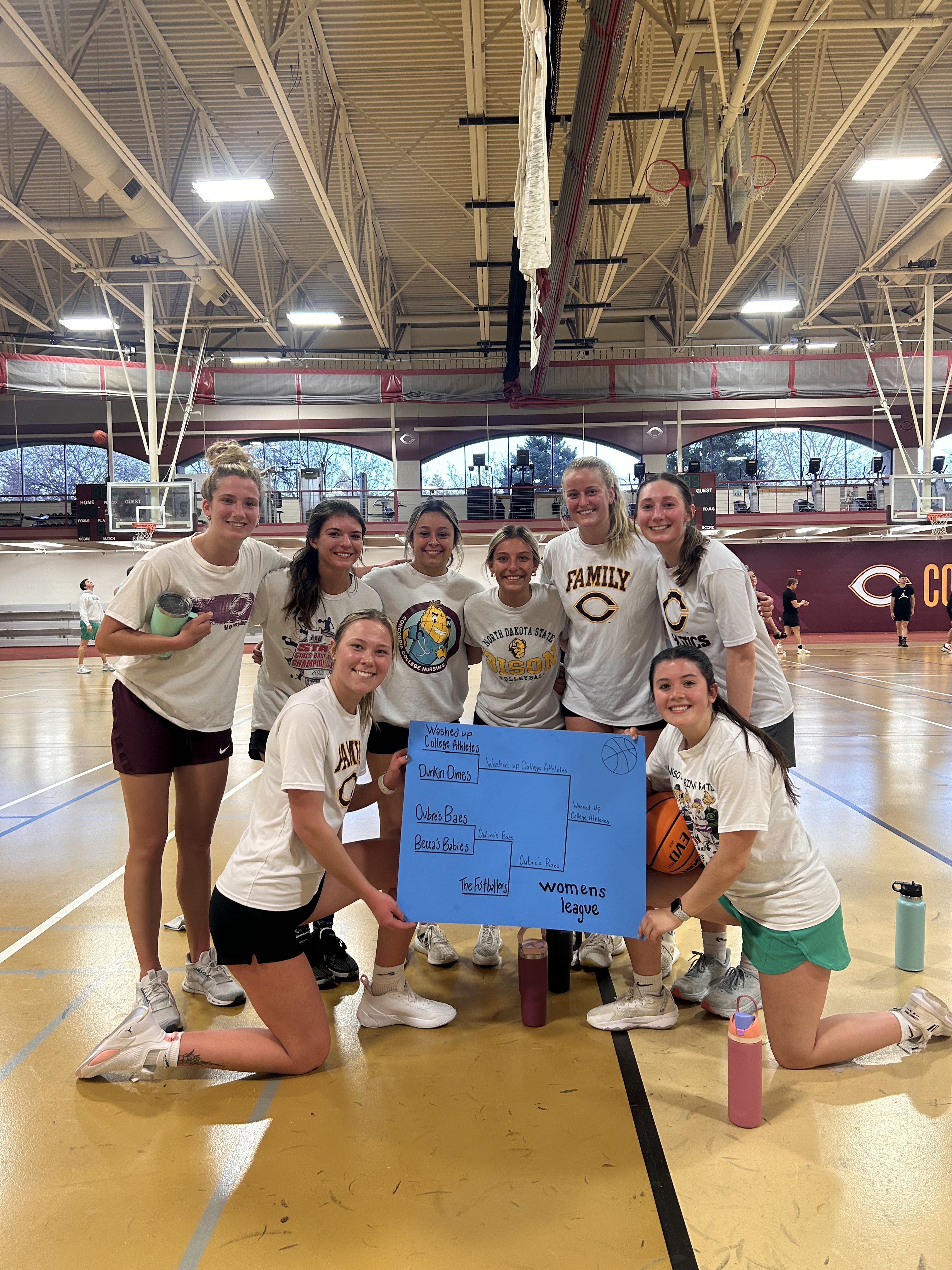A new interest in cricket is underway in the United States, where attention to the “gentlemen’s sport” appeared seemingly overnight. The coverage coincided with the 2011 Cricket World Cup, and at a time when places such as northern Texas and New York State are becoming cricket-crazy.
Concordia College also has some symptoms of cricket fever. Senior Sudhir Selvaraj, India native and avid cricket fan, is one of many who represents the emergence of interest in the sport on Concordia’s campus.
“I’ve always been a cricket fan,” Selvaraj said. “Ever since my days of gully cricket (akin to backyard baseball), I’ve followed it and played it…It is just so deeply rooted in [Indian] culture.”
But cricket is not limited to India. Originating in England and spreading around the world during colonial times, cricket is now a global sport. The International Cricket Council—which is the official governing body of cricket—currently recognizes 105 national teams with varying degrees of membership in the council.
To understand cricket, most Americans relate it to baseball. In fact, Shashi Tharoor—an Indian writer, diplomat and politician—referred to cricket as baseball’s “adult cousin.”
Fans such as Selvaraj hope that with increased attention will come a better understanding of the sport, particularly when it pertains to popularity in the United States.
“I think people have heard of [cricket], but don’t understand how it works,” Selvaraj said. He believes that understanding will come with cross-cultural experiences and emerging trends in globalization. As people travel abroad and come in contact with cricket more often, its acceptance in the United States will increase, he said.
Senior Kyle Meerkins is one of those who agree with Selvaraj. Meerkins spent fall semester studying abroad in India. During that time, he was exposed to many aspects of Indian culture, including cricket.
“While in India, we had the opportunity to go to an Indian cricket match,” Meerkins said. “Knowing that we would be taking in this event, we decided that we should play a match to have a general understanding of how it’s done. Just like learning any new sport, we were confused and uncertain of rules and such [at first], but we kept with it and really grew to love the game.”
Meerkins, like Selvaraj, thinks most people on campus and in the United States lack understanding about cricket.
“I think people have a general concept that it exists, just no tangible experience with it, so it gets forgotten,” he said.
Both, however, see an opportunity for growth as a result of more international students coming to the United States to study and live.
“Most students who come to America from abroad are from India,” Selvaraj said. “And when they come they bring with them part of the culture…They bring cricket.”
Selvaraj said the influx of global culture has made cricket more noteworthy within the United States.
The evidence lies in the increased coverage of the 2011 Cricket World Cup, which took place from Feb. 19th to April 2nd in host nations India, Sri Lanka and Bangladesh. It marked the first time many American sports outlets such as ESPN had covered a cricket event in-depth. The final between India and Sri Lanka is also said to be the most-watched sporting event of all time, with a reported 1.5 billion viewers worldwide.
Selvaraj was one of those viewers, watching from the Concordia College Student Government Association’s office in the early morning. For hours, he and 1.5 billion others watched in nervous anticipation a match Selvaraj characterized as “India’s pitching versus Sri Lanka’s bowling.”
“India is not a reputable nation in sports,” he said. “So this is something we really work for and look forward to.”
Sri Lanka put up a competitive score during their innings, leaving it to India to make a strong reply. And with billion-plus prayers behind them, India did just that, winning their second Cricket World Cup. Selvaraj recalled the strong post-game reaction.
I remember right afterwards I was on Facebook ‘liking’ 40-some statuses about the match,” he said. “It’s one of those things we’ll be talking about for a long time.”
However, for Sudhir and the Indian nation, the victory meant much more than material gains and bragging rights.
“There was a point when the camera panned around the stadium while people sang the national song,” Selvaraj said. “People of all different religions, ethnics [sic] and ages were singing together, and that’s when you realize what this really means.”
Passionate celebrations followed as euphoria flooded the streets of India accompanied by fireworks displays. Prizes for the Indian national team given by various companies and governments ranged from cash prizes to plots of land. The country was in ecstasy.
These are the emotions and benefits of cricket that fans like Selvaraj and Meerkins would like to see the United States, and even Concordia’s campus, share.
“I think we should really start to learn more about cricket,” Meerkins said. “And we should even play on campus. It’s a fun, and relatively simple, game.”
Selvaraj echoed Meerkins’ desire, but sees the sport as much deeper than just a game.
“Cricket is something that has the capability to unify,” Selvaraj said. “And to me, that’s what cricket is really all about.”
For more information on the gentlemen’s sport of cricket visit the International Cricket Council’s website, at www.icc-cricket.yahoo.net, or contact Sudhir Selvaraj.

Bobby Brunhuber is a sophomore from Backus, Minn. studying English-Writing and Global Studies, with minors in Sociology and Spanish. He is a Sports Writer for the 2010-2011 Concordian. Bobby’s idol is Indiana Jones. He is an avid soccer fan, has an irrational fear of snakes, and an irrational obsession with LOST.





Be First to Comment